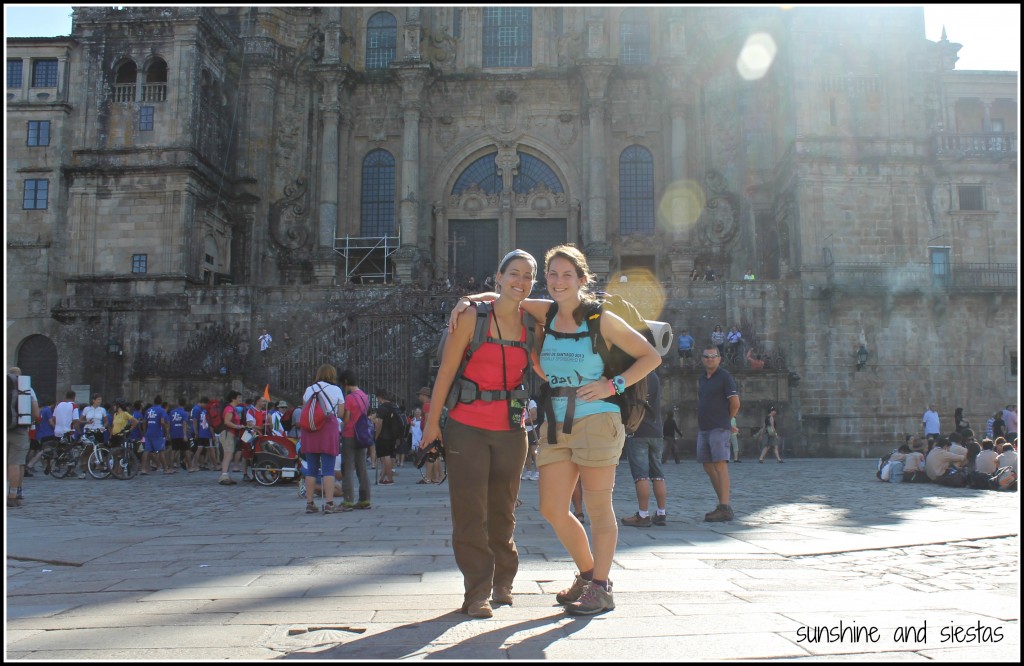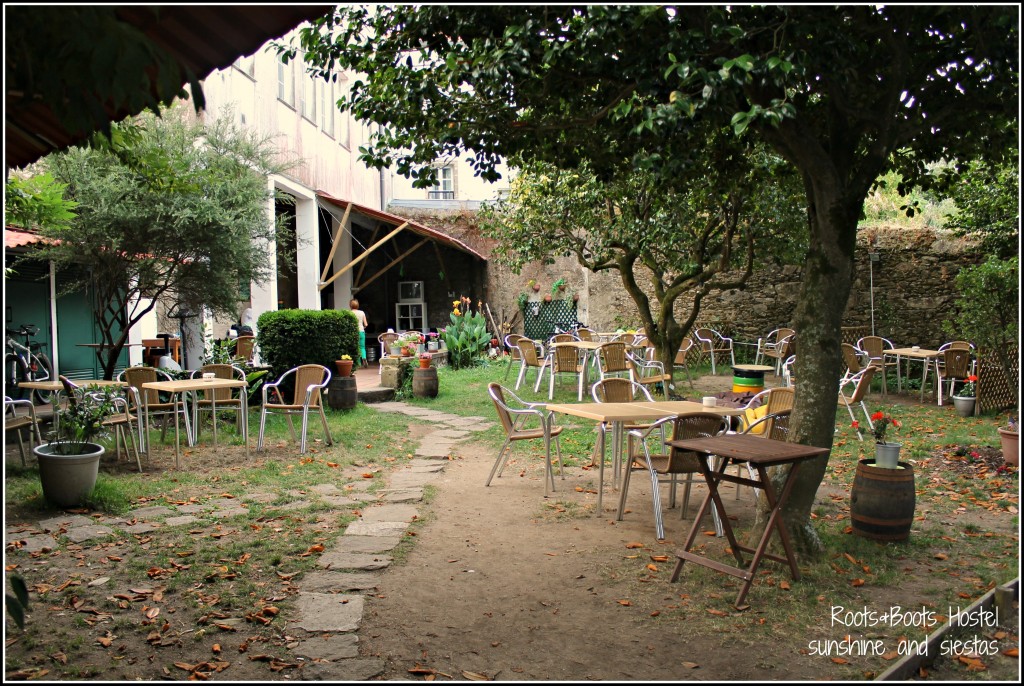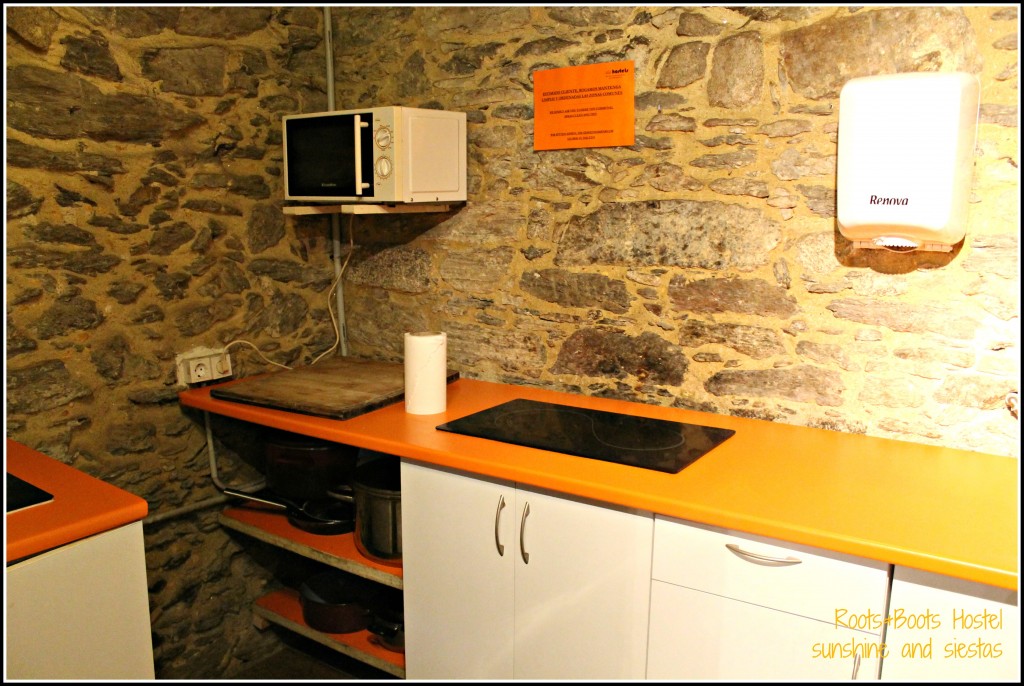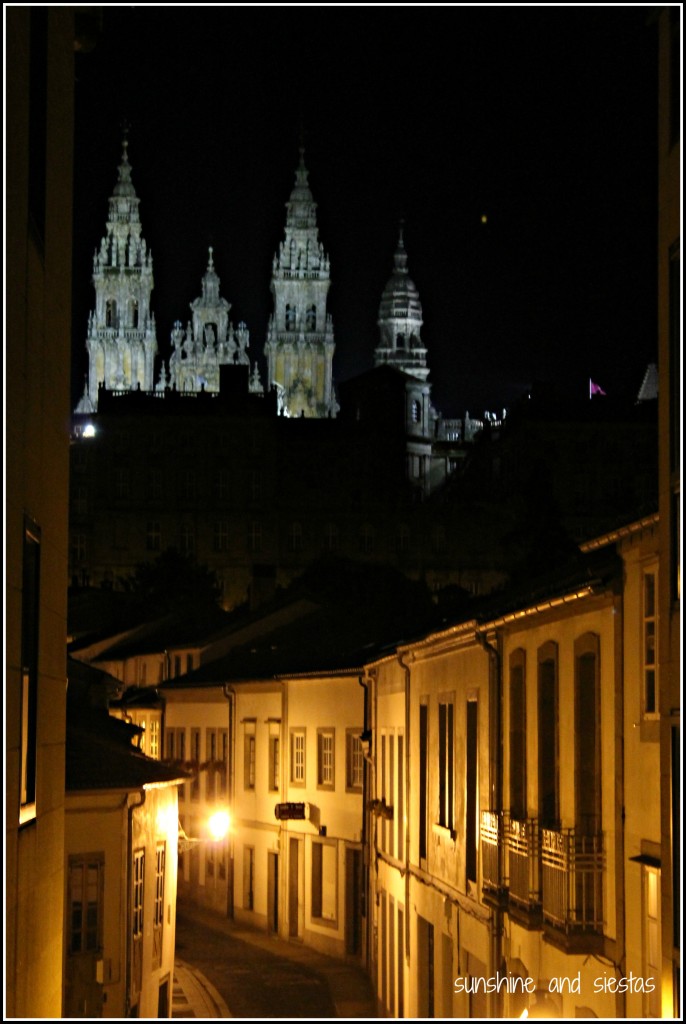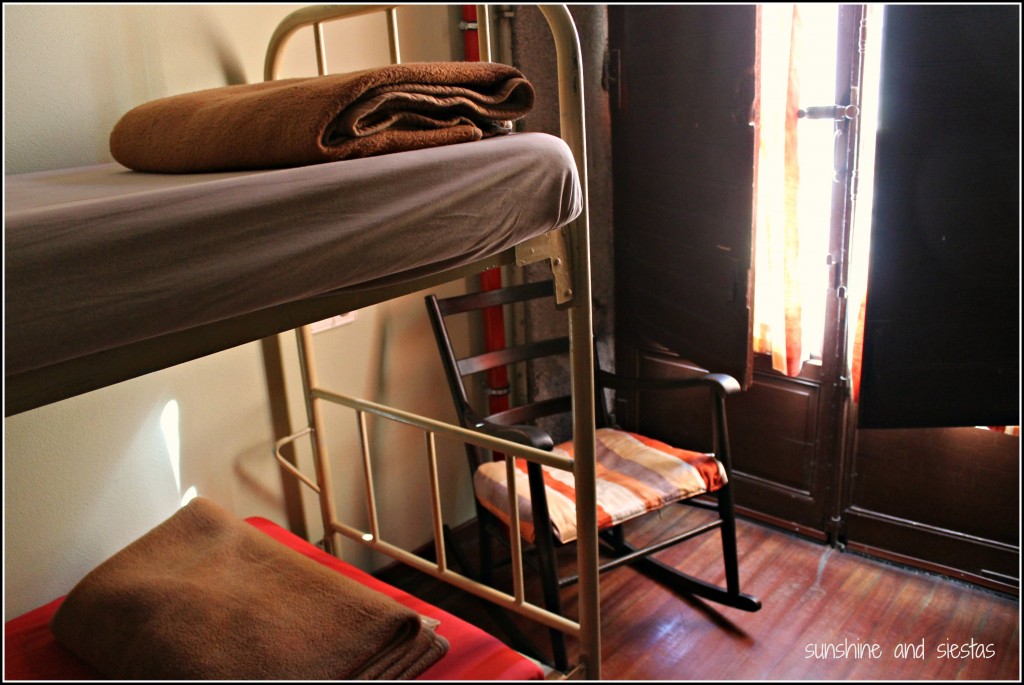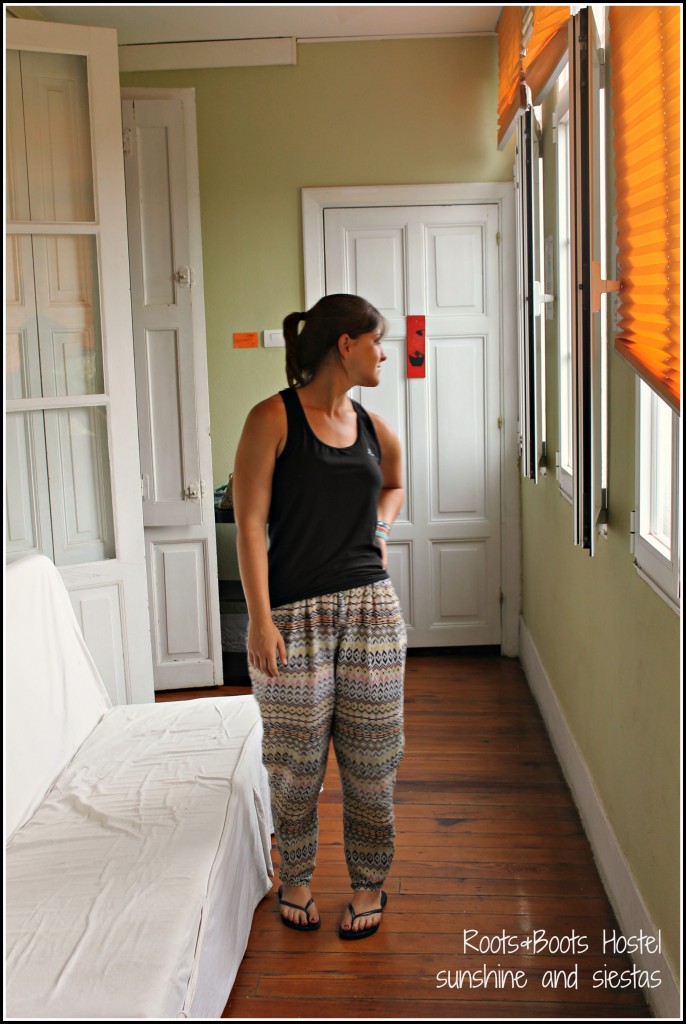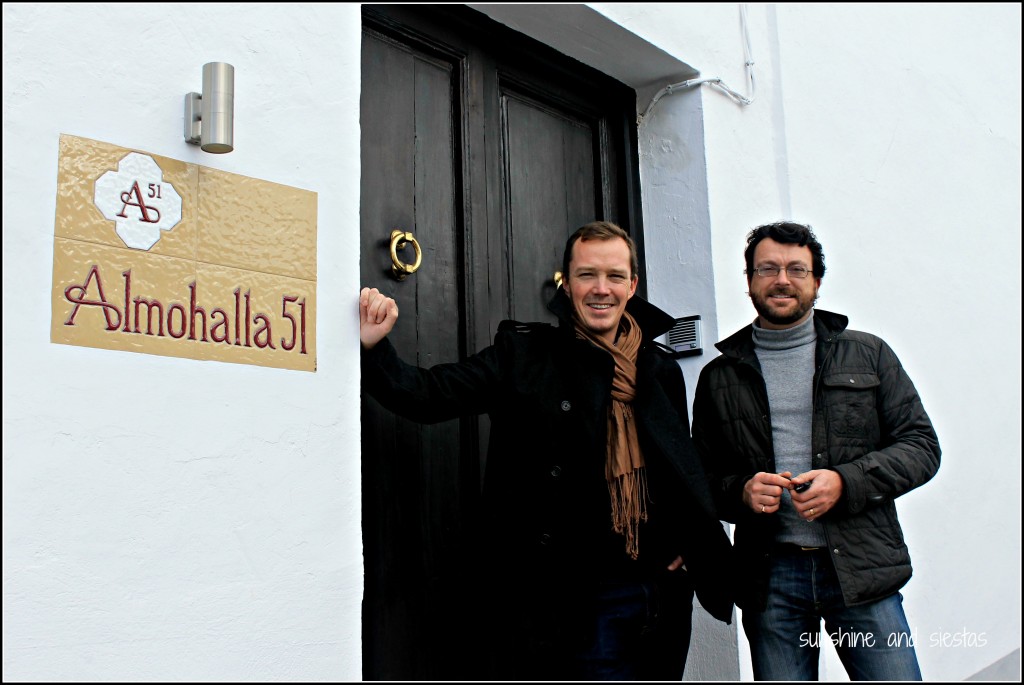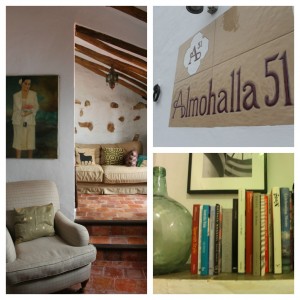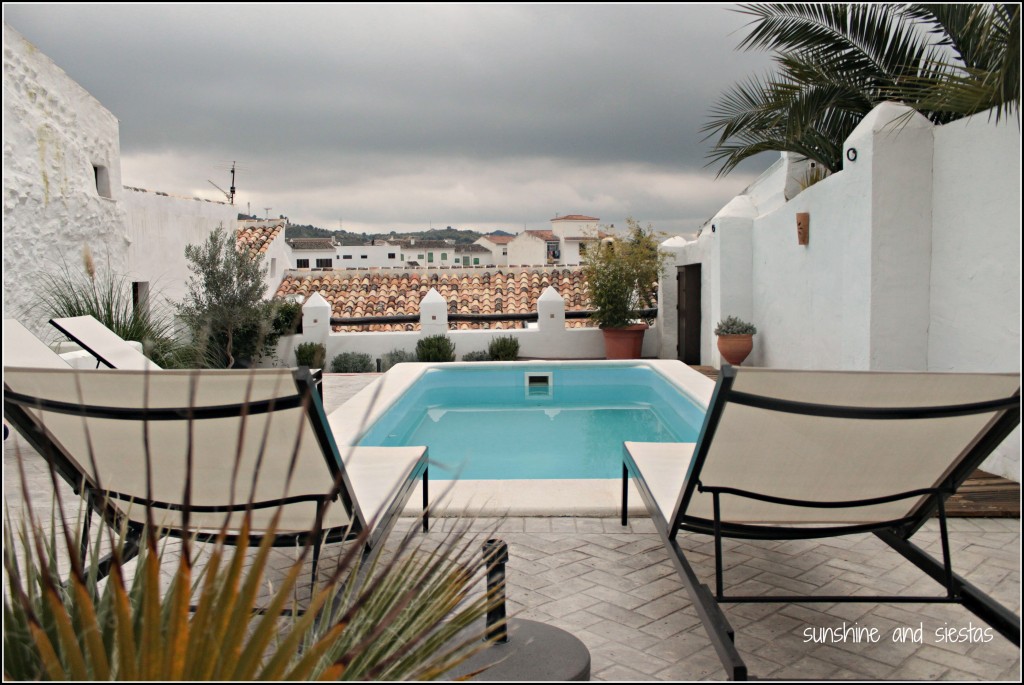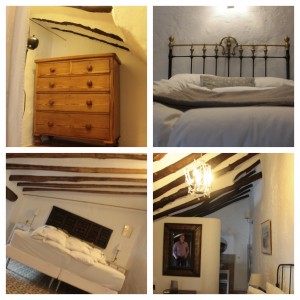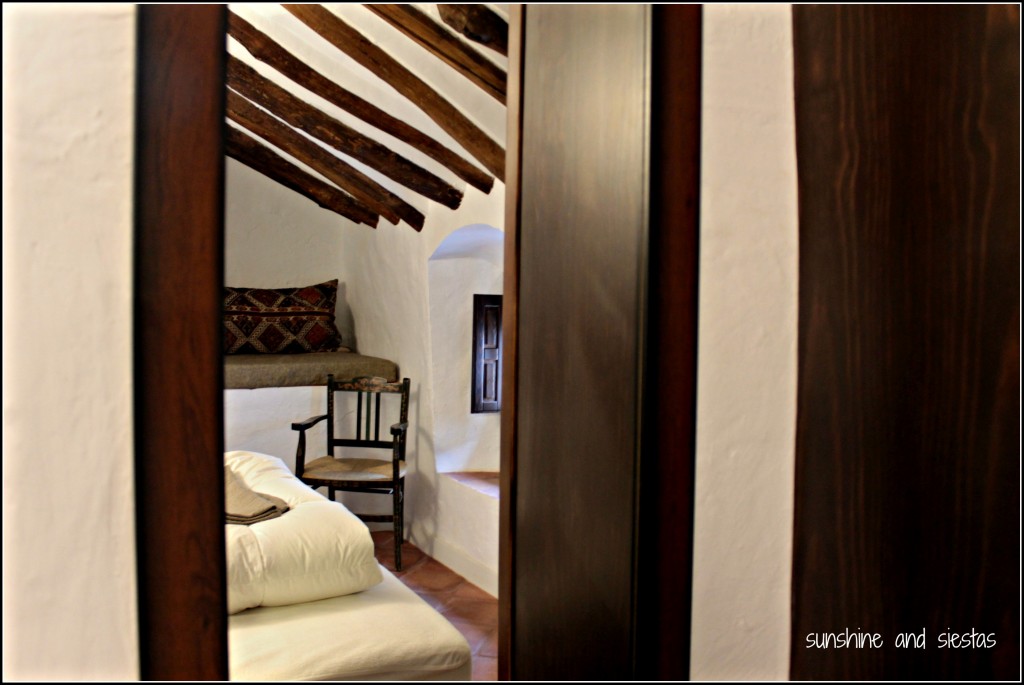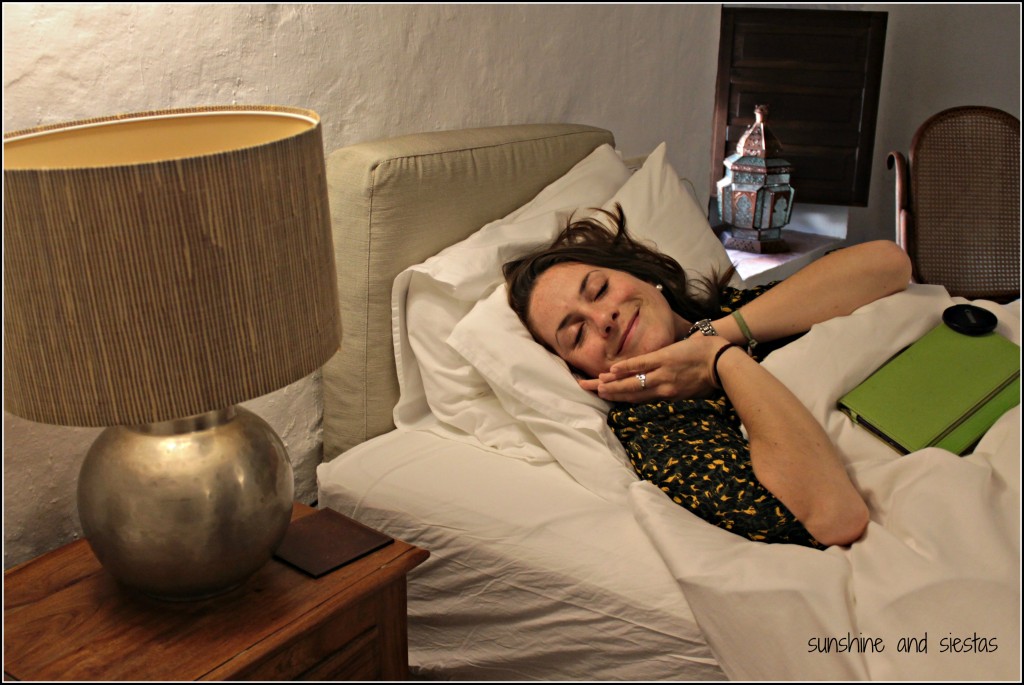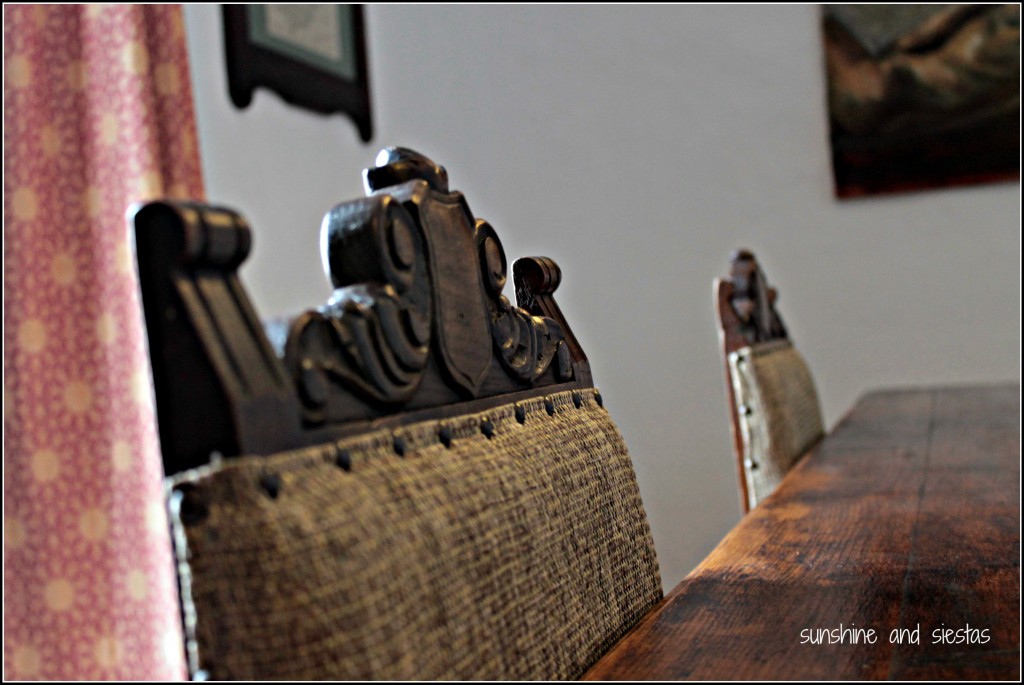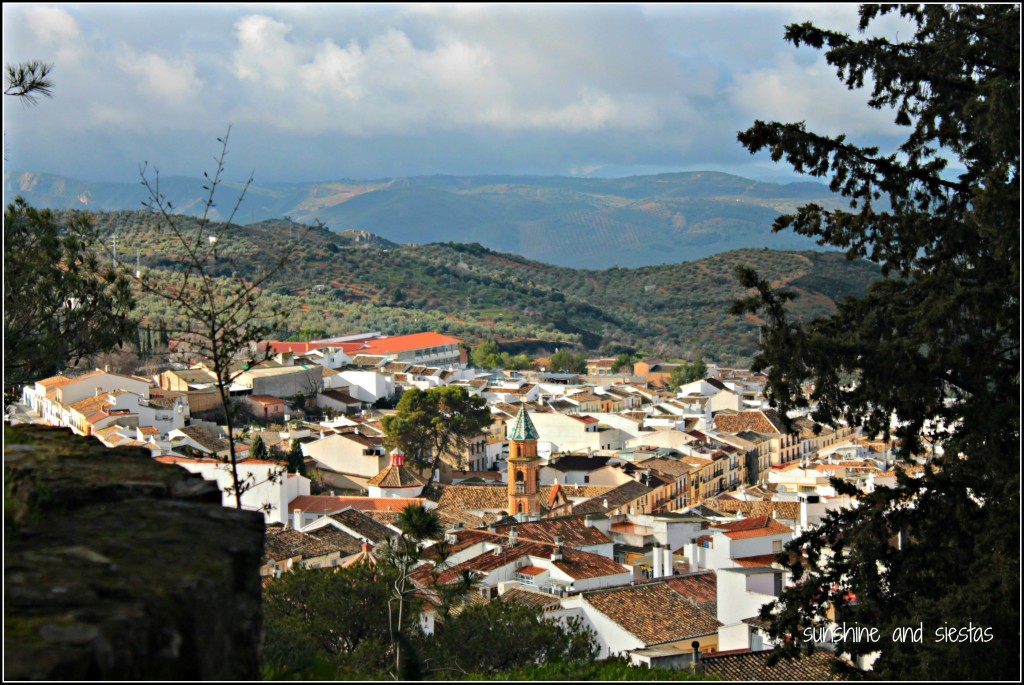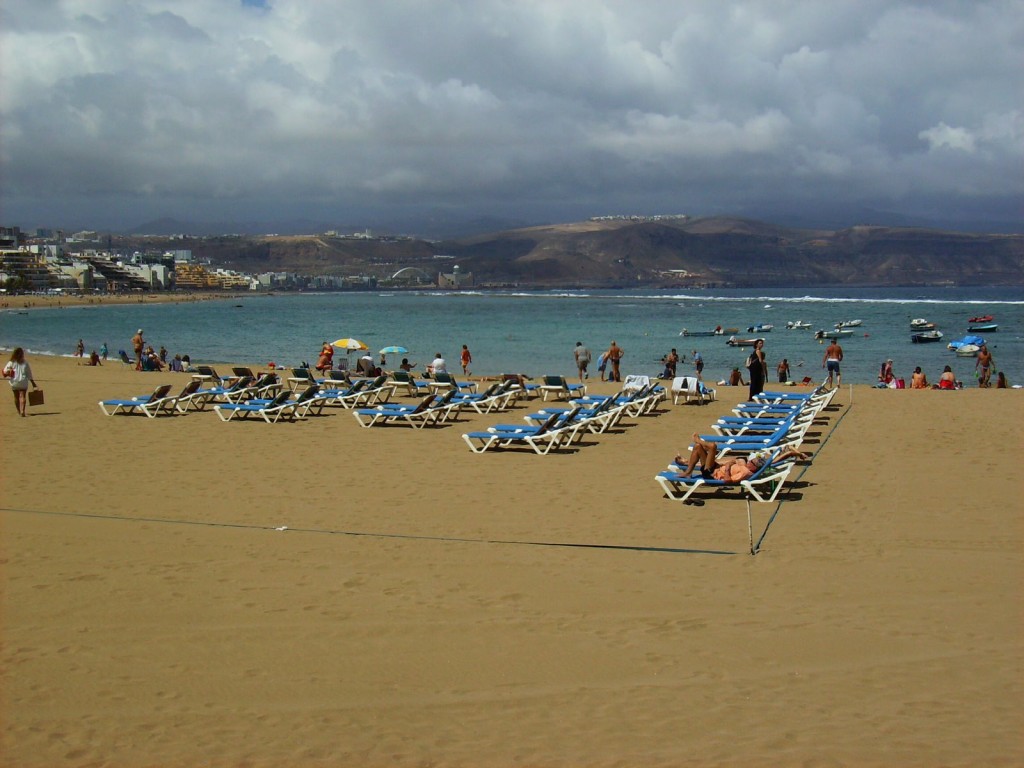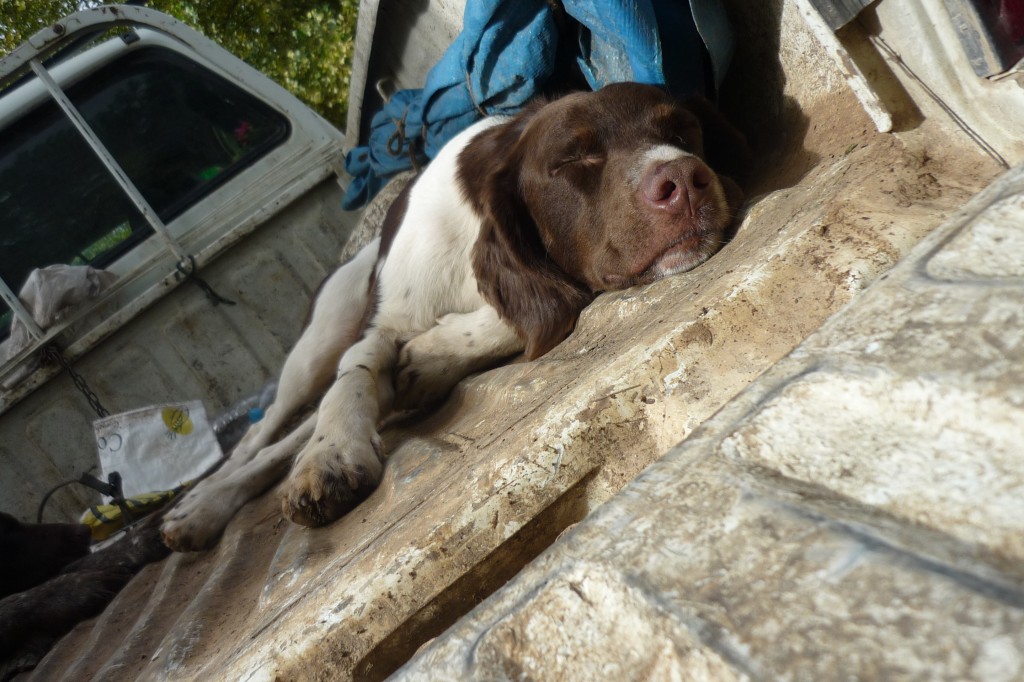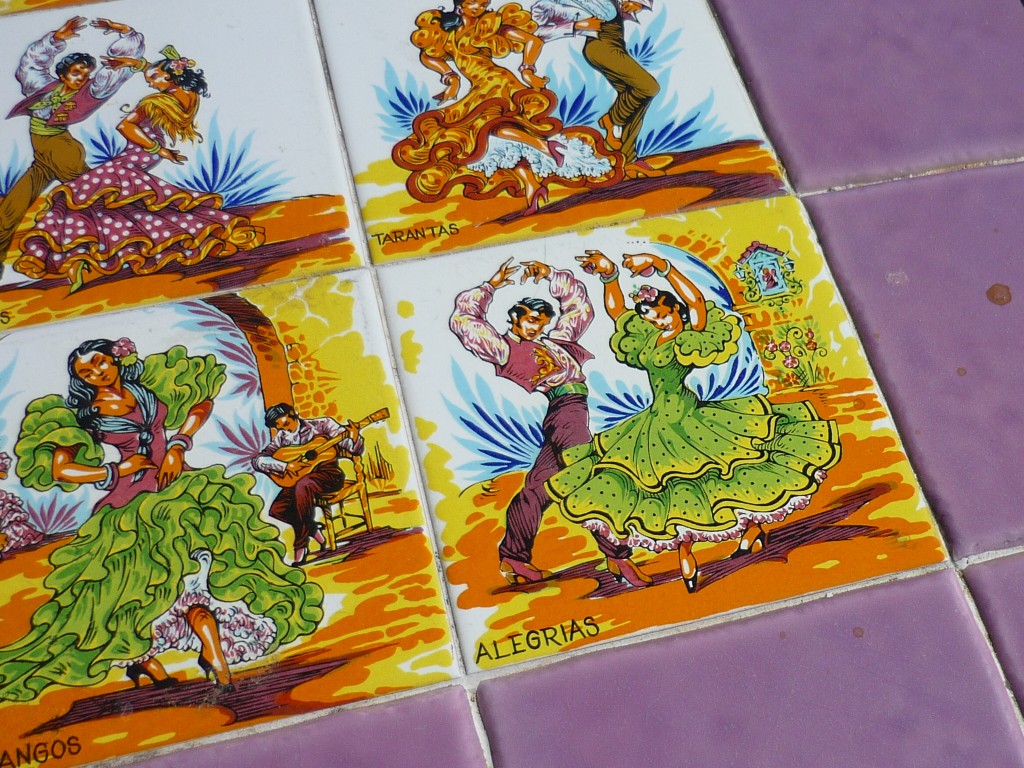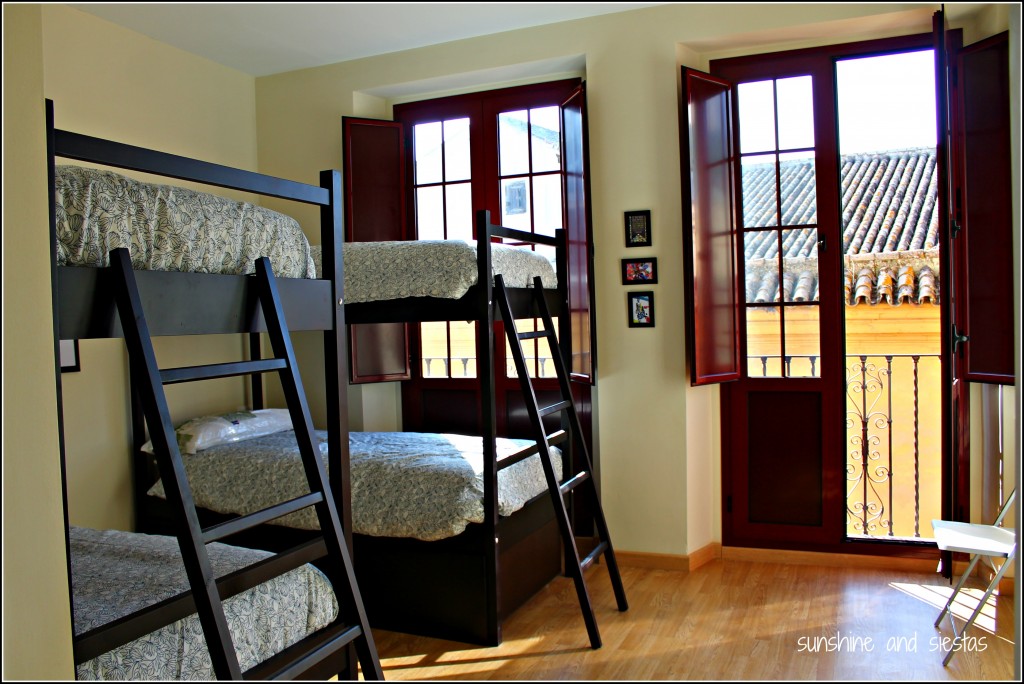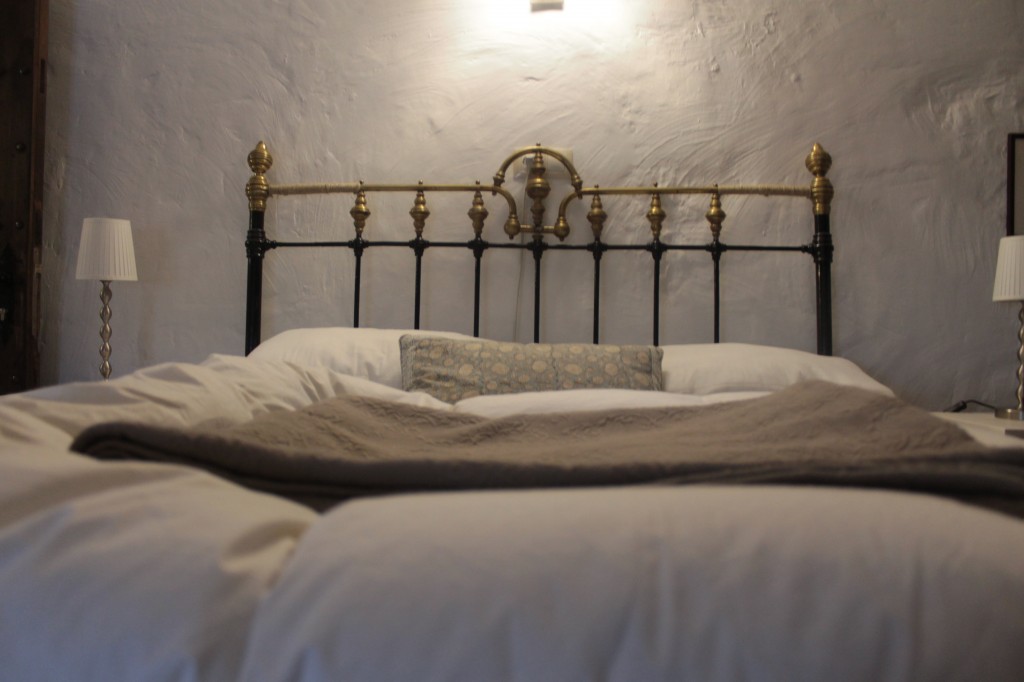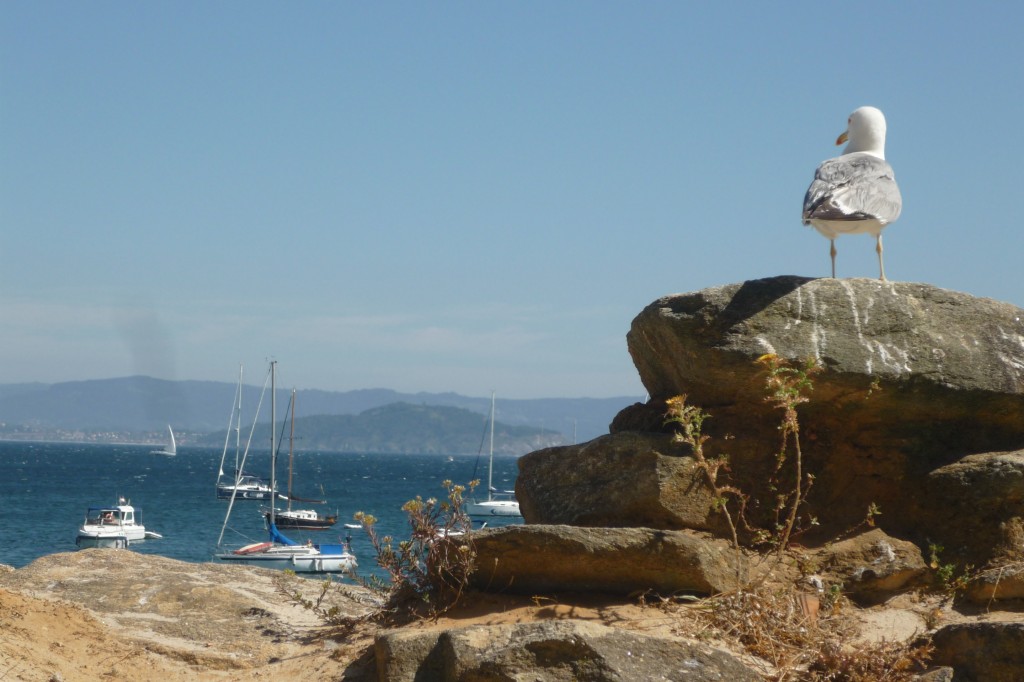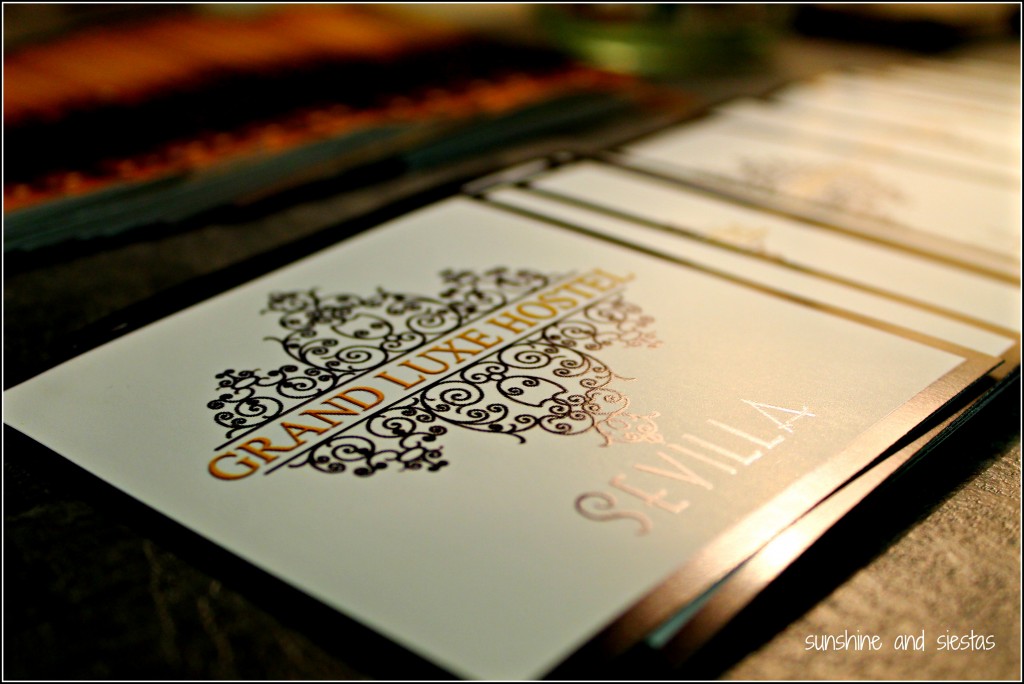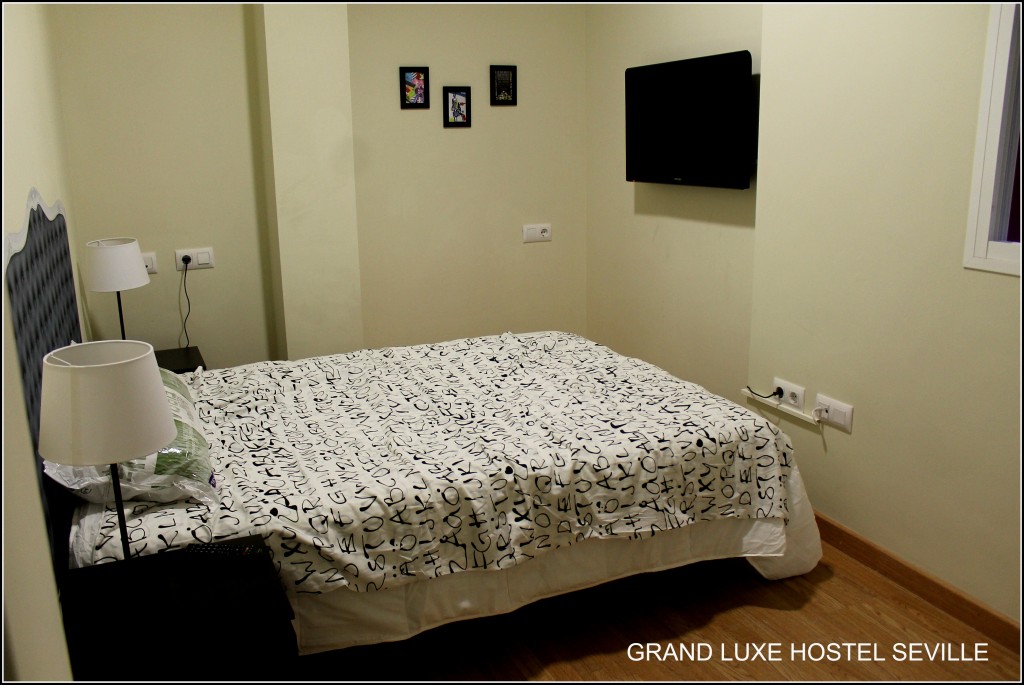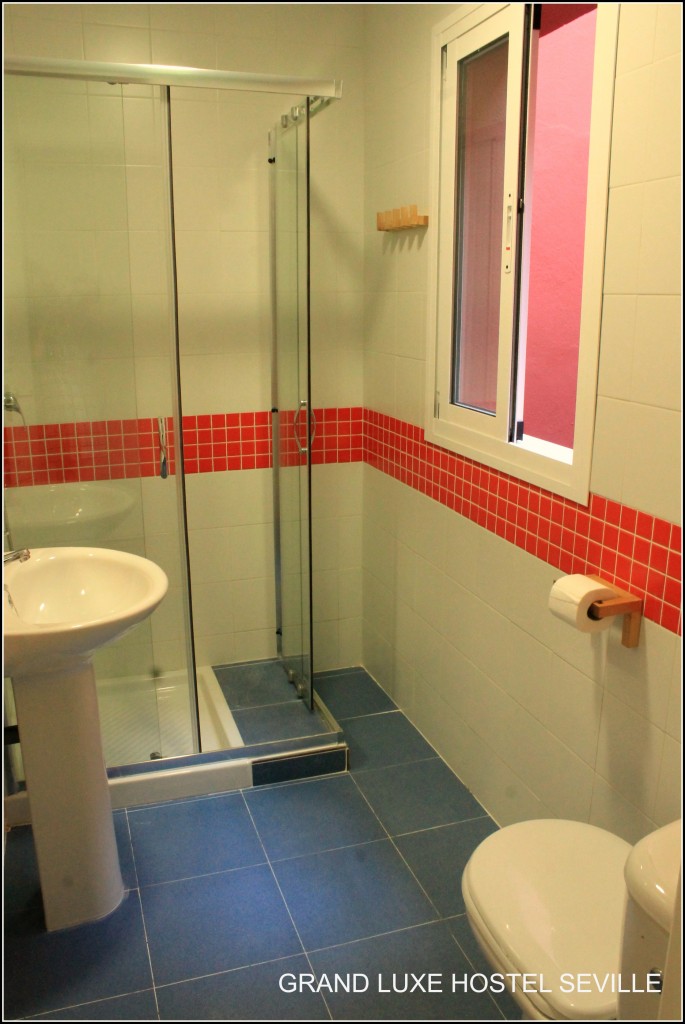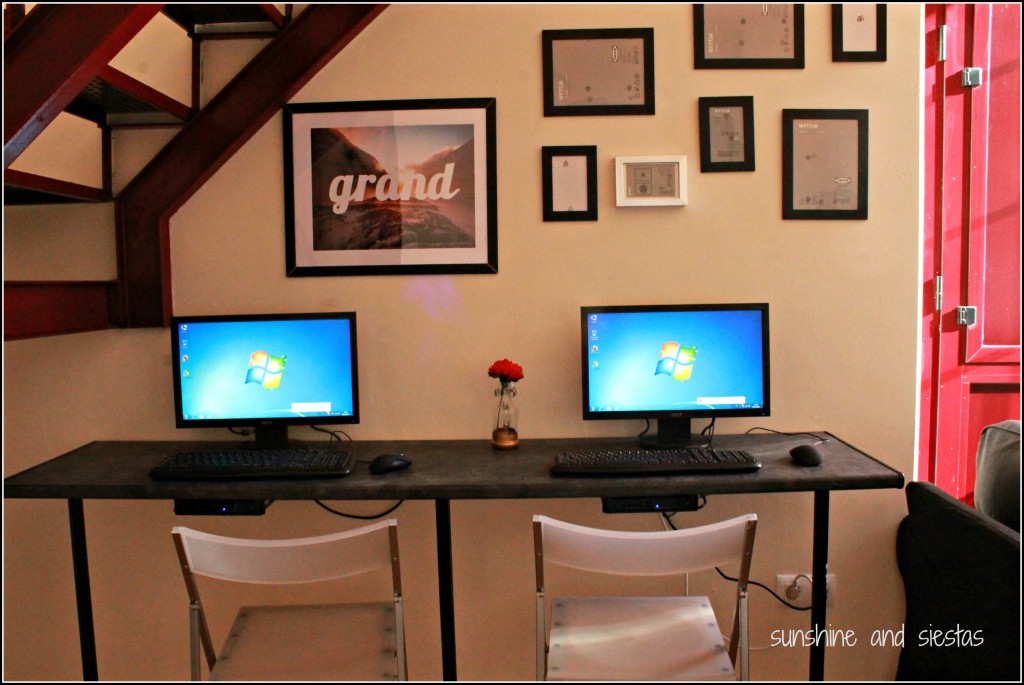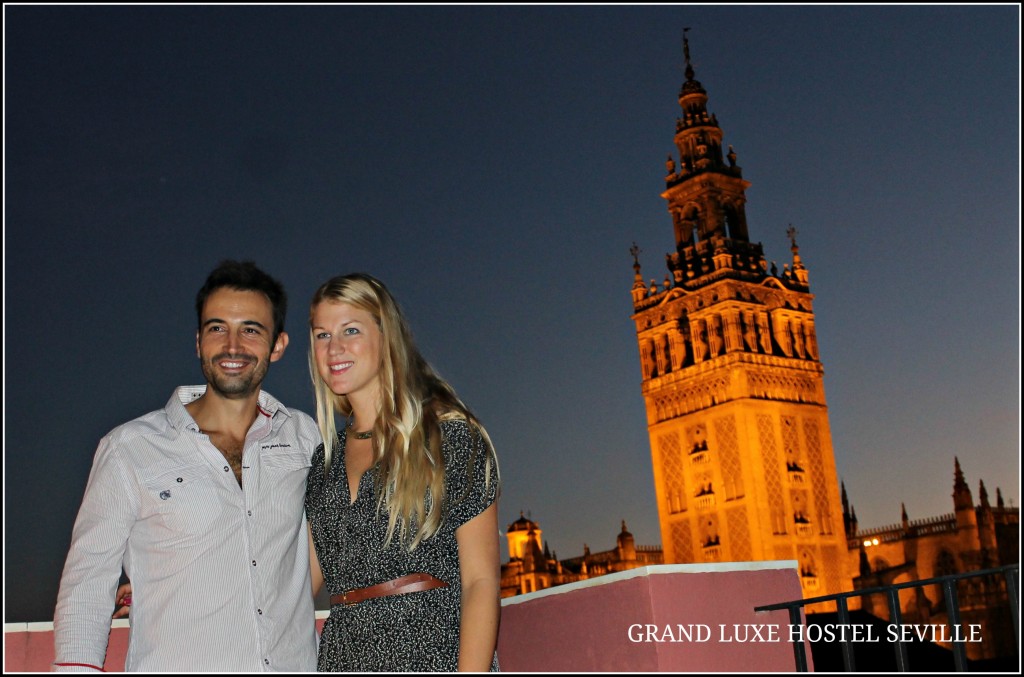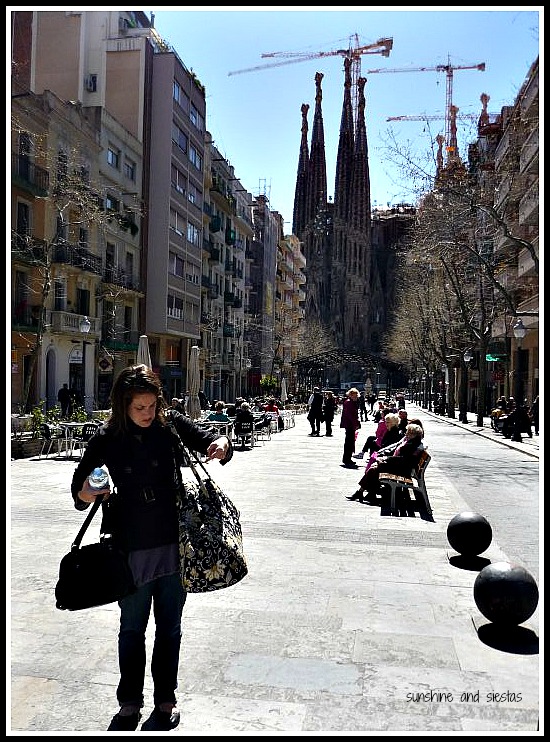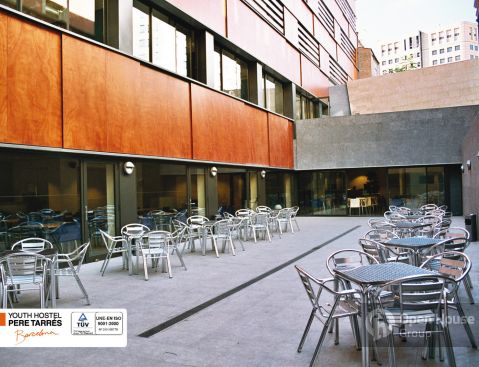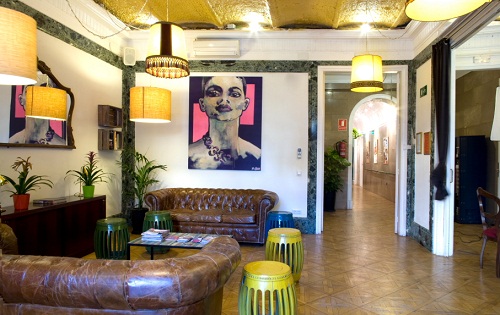The elation of arriving to Santiago de Compostela after 200 miles and 14 nights alternating between pilgrims inns and pensiones was only met with the elation that we’d have a place to rest our heads. We took rounds of photos in the Plaza del Obradoiro, packs over our heads, sunbursts creeping in our shots.
Located just 350 meters (and downhill!) from the magnificent square, Roots&Boots hostel was to become the roof over our heads that night. A cross between a pilgrim’s inn and a hostel, the owners converted a gorgeous four-story casa señorial, or a state house, into a hostel complete with intricate woodwork, creaky floors and a huge outdoor terrace with bean bag chairs.
Admittedly, Hayley and I spent very little time in Roots&Boots because we had a beautiful, compact city to enjoy and a dozen other pilgrims to meet for a goodbye beer.
What I liked
The common areas and bar – For me, a hostel must have comfortable common areas with wi-fi. Since Roots&Boots is in a huge house, the yard is equally as large, with couches, tables and plenty of grass to read or check your email. They’ve also got a bar that serves breakfast for 2€, beers for 1,50€ and enormous bocadillos for 2,50€. The staff even let us use the space after we’d checked out, and we had lockers to store our bags until our late flight out. Roots&Boots also has a huge kitchen with a parrilla in the garden with enough room for many guests to eat comfortably.
The location – Roots&Boots is located adjacent to the beautiful Alameda park and has priviledged views of the cathedral through the alleyways. If you want to be close to the pulse of the city and all of its sites without dealing with the tourists, the hostel can’t be beat, and the prices are on-par with any hostel in the area.
The staff – The three people we came across at the front desk were beyond friendly – they gave us our room early, let us shower the following day after we’d checked out and even gave us leftover shampoo to use.
What didn’t work for me
The hygiene sheets: Alright, I get that the hygiene sheets are the best for combating against bed bugs and smelly pilgrims, but come on! For 15€ or 17€, I think I deserve a clean set of cloth sheets and to have someone put them on the bed for me. What’s more, there were rooms upstairs with real sheets, so what gives?
The lack of bathrooms: When we got to the hostel around 11:30a.m., our room was ready, but I had one order of business: use the facilities. Unfortunately, there was a severe lack of aseos in this hostel. We had to wait to shower, wait to pee, wait to brush our teeth, wait to change. In a hostel that has four floors and four dozen beds, four bathrooms doesn’t cut it.
The specifics
Like any hostel, Roots&Boots offers free wi-fi, lockers, city maps and a fun mix of travelers. There’s also a few computers to use with printers on the second floor. Rates vary by season and type of room, which are bunks of 4, 6, 8 or 10 beds. Expect to pay up to 17,90€ per person per night in the high season for a bed in a shared room.
I used the site Your Spain Hostel to look for and book a room, an excellent resource that focuses on all types of lodging in Spain, from hostels to paradores. Its easy-to-use interface makes searching for a room or bed beyond simple, and the site offers discounts on for groups, as well as vouchers for saving on tours, breakfasts and rentals.
You can find Roots&Boots at Rúa Campo do Cruceiro do Gaio 7, near the Alameda park. Call them at 699 63 15 94 or shoot an email to info@rootsandboots.es.
My stay was provided by Your Spain Hostel after my long walk on the Camino. But don’t worry – my post is as real as the sore muscles after 200 miles.
